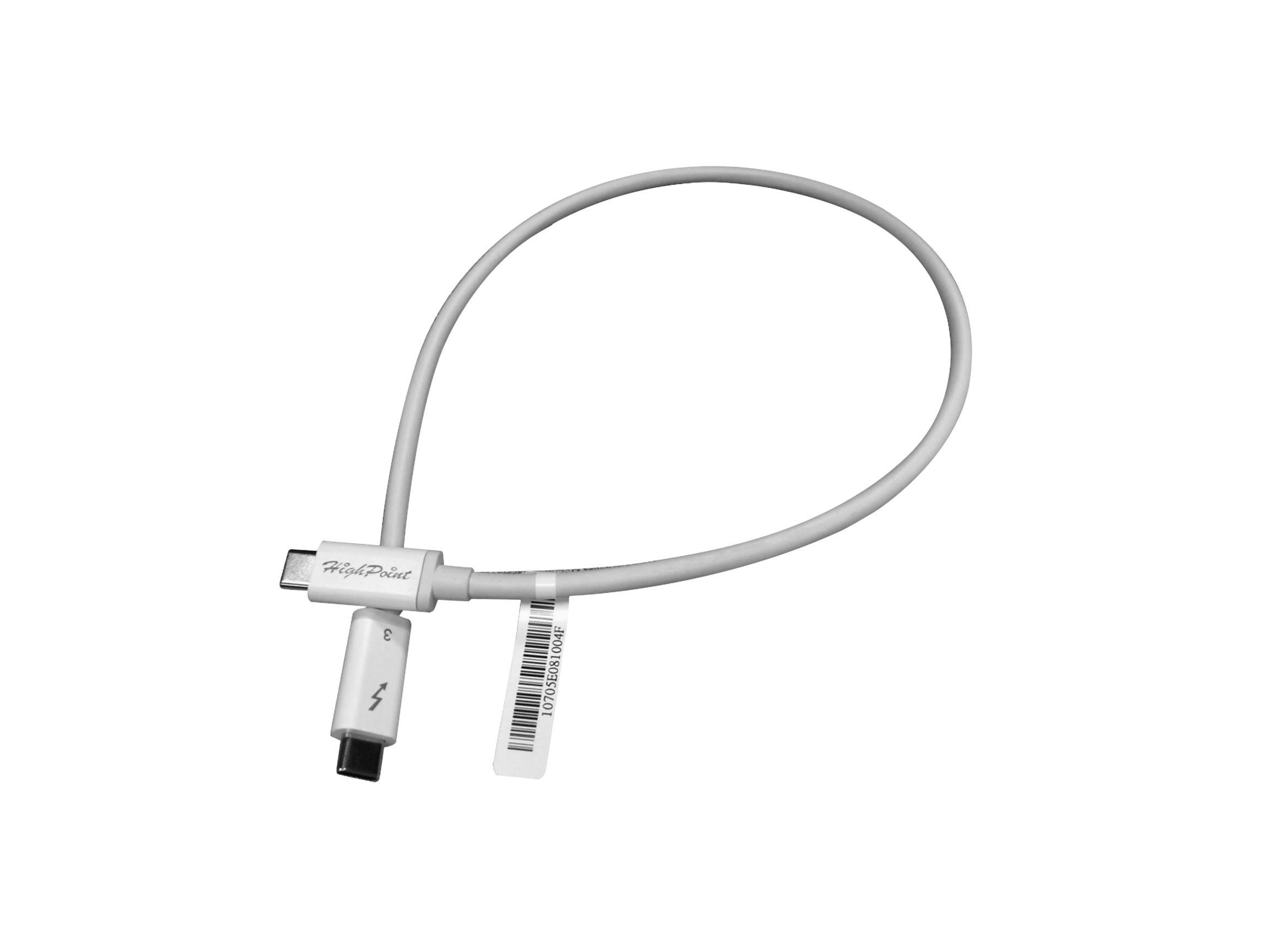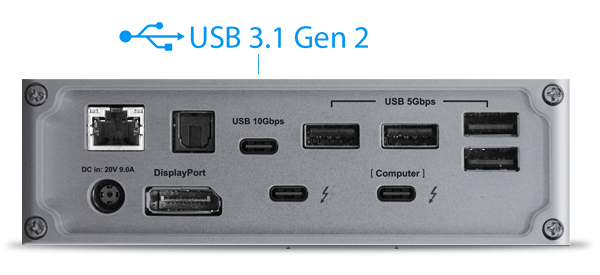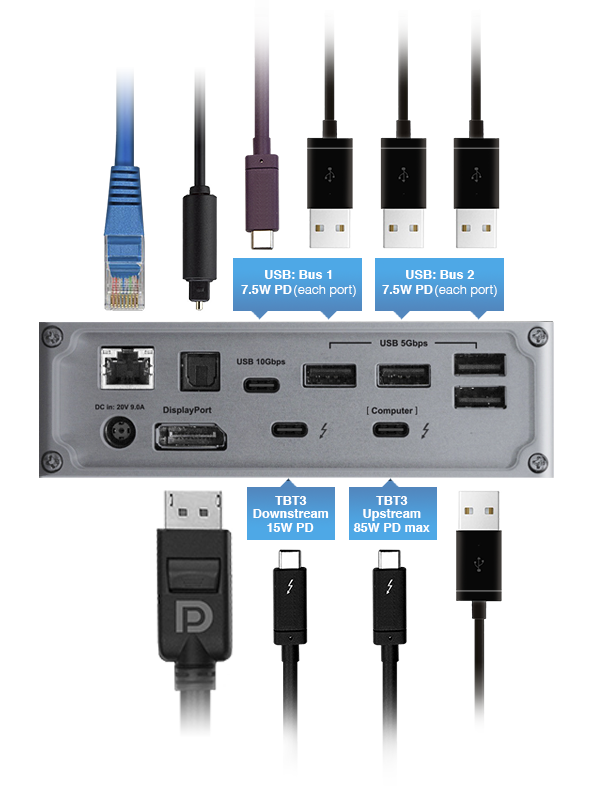

This is due to the fact that these first-generation devices are not capable of waking from OS sleep states due to chipset limitations and would become unavailable after the system resumes from the sleep state.
Devices based on the Intel CV82524EF Thunderbolt Controller or Intel CV82524EFL Thunderbolt Controller will not be supported when the platform is in Native Express mode. Beginning with Windows 10 Redstone 3 (version 1709), the following configuration restrictions apply: 
 Workarounds for hardware-limiting issues that are addressable through BIOS configuration changes.įor platforms that are designed to support Native Express mode, Intel is changing the official Thunderbolt and Thunderbolt 2 support policy for the following configurations due to known OS and chipset limitations. Basic configuration of the Thunderbolt controller to support Thunderbolt devices. Prior to Windows 10 Redstone 2 (version 1703), Microsoft provided support through 'BIOS Assisted Mode.' BIOS Assisted Mode support provides: Ability to use Microsoft’s inbox drivers (USB, SATA and NVMe storage over Thunderbolt). Native Microsoft support for Thunderbolt 3 systems and peripherals. This replaces the current BIOS functionality and allows Thunderbolt controllers to take advantage of the lowest power states available to achieve Modern Standby for systems. Dynamic resource allocation for Thunderbolt bridges. Software differences: Starting with Windows 10 Redstone 2 (version 1703), Microsoft has included 'Native PCI Express support for Thunderbolt Controllers.' Native Express mode provides: Thunderbolt 3 devices use USB Type-C connectors. First-generation Thunderbolt and Thunderbolt 2 devices use Mini DisplayPort (mDP) connectors. Intel supports Thunderbolt, Thunderbolt 2, and Thunderbolt 3 controllers under Windows 7, 8, 8.1, and Windows 10 Operating Systems through a combination of the Intel Thunderbolt software/firmware as well as the Intel Thunderbolt Reference BIOS (BIOS Assisted Mode).
Workarounds for hardware-limiting issues that are addressable through BIOS configuration changes.įor platforms that are designed to support Native Express mode, Intel is changing the official Thunderbolt and Thunderbolt 2 support policy for the following configurations due to known OS and chipset limitations. Basic configuration of the Thunderbolt controller to support Thunderbolt devices. Prior to Windows 10 Redstone 2 (version 1703), Microsoft provided support through 'BIOS Assisted Mode.' BIOS Assisted Mode support provides: Ability to use Microsoft’s inbox drivers (USB, SATA and NVMe storage over Thunderbolt). Native Microsoft support for Thunderbolt 3 systems and peripherals. This replaces the current BIOS functionality and allows Thunderbolt controllers to take advantage of the lowest power states available to achieve Modern Standby for systems. Dynamic resource allocation for Thunderbolt bridges. Software differences: Starting with Windows 10 Redstone 2 (version 1703), Microsoft has included 'Native PCI Express support for Thunderbolt Controllers.' Native Express mode provides: Thunderbolt 3 devices use USB Type-C connectors. First-generation Thunderbolt and Thunderbolt 2 devices use Mini DisplayPort (mDP) connectors. Intel supports Thunderbolt, Thunderbolt 2, and Thunderbolt 3 controllers under Windows 7, 8, 8.1, and Windows 10 Operating Systems through a combination of the Intel Thunderbolt software/firmware as well as the Intel Thunderbolt Reference BIOS (BIOS Assisted Mode).










